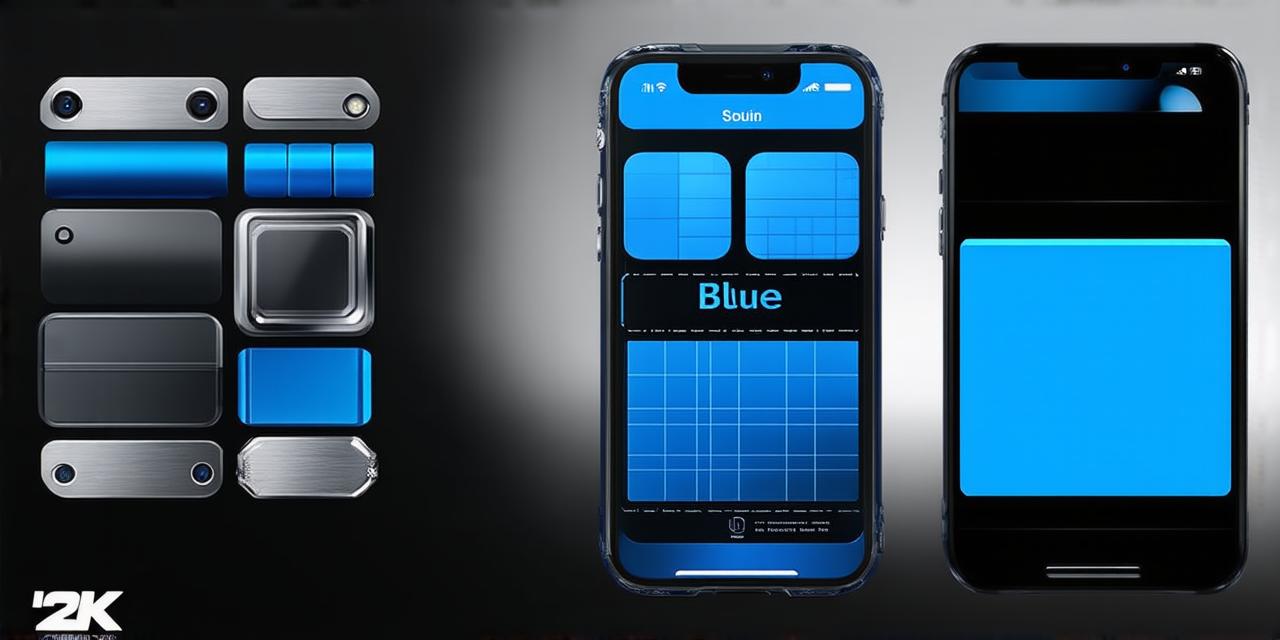As an iOS developer, you may need to install applications on your device directly from files rather than through the App Store. This can be useful for testing and debugging purposes, as well as for distributing applications that are not available through official channels. In this article, we’ll walk you through the process of installing applications from files on iOS.
Before We Begin: Understanding the Risks
Before we dive into the technical aspects of installing applications from files on iOS, it’s important to understand the potential risks involved. Installing applications from untrusted sources can introduce malware and other security threats onto your device. It’s also possible that the application may not function as intended or may cause compatibility issues with other apps on your device.
With that in mind, we recommend that you only install applications from trusted sources, such as the official Apple Developer website or a reputable third-party source. Additionally, always make sure to verify the authenticity of the application before installing it.
Prerequisites: What You’ll Need to Install Applications from Files on iOS
Before you can install an application from files on your iOS device, you’ll need to have a few things in place:
The application file: This is the actual file that contains the code for the application. You can obtain this file from the developer or by downloading it from a trusted source.- Xcode: Xcode is the official development environment for iOS, macOS, watchOS, and tvOS. You’ll need to have a compatible version of Xcode installed on your computer in order to develop and test applications for these platforms.
- An iOS device: In order to install an application directly onto your iOS device, you’ll need to have the device connected to your computer via USB.
- A valid provisioning profile: A provisioning profile is a digital certificate that allows you to sign your applications and distribute them to users. You’ll need a valid provisioning profile in order to install applications on your own device.
- The necessary tools: In addition to Xcode, you may also need other tools such as the Command Line Tools and the iOS Simulator in order to develop and test applications for iOS.
Once you have all of these prerequisites in place, you’re ready to begin installing applications from files on your iOS device.

Step 1: Create a New Xcode Project
The first step is to create a new Xcode project for the application you want to install. To do this, follow these steps:
- Open Xcode and create a new project by selecting “File” > “New” > “Project.”
- In the “Create New Project” window, select “Single View App” as the template and give your project a name.
- Choose the language you want to use for your application (e.g., Swift or Objective-C) and make sure that the target device is set to iOS.
- Click “Next” and select a location to save your project.
- Once your project is created, open it by double-clicking on the file in the Project Navigator.
